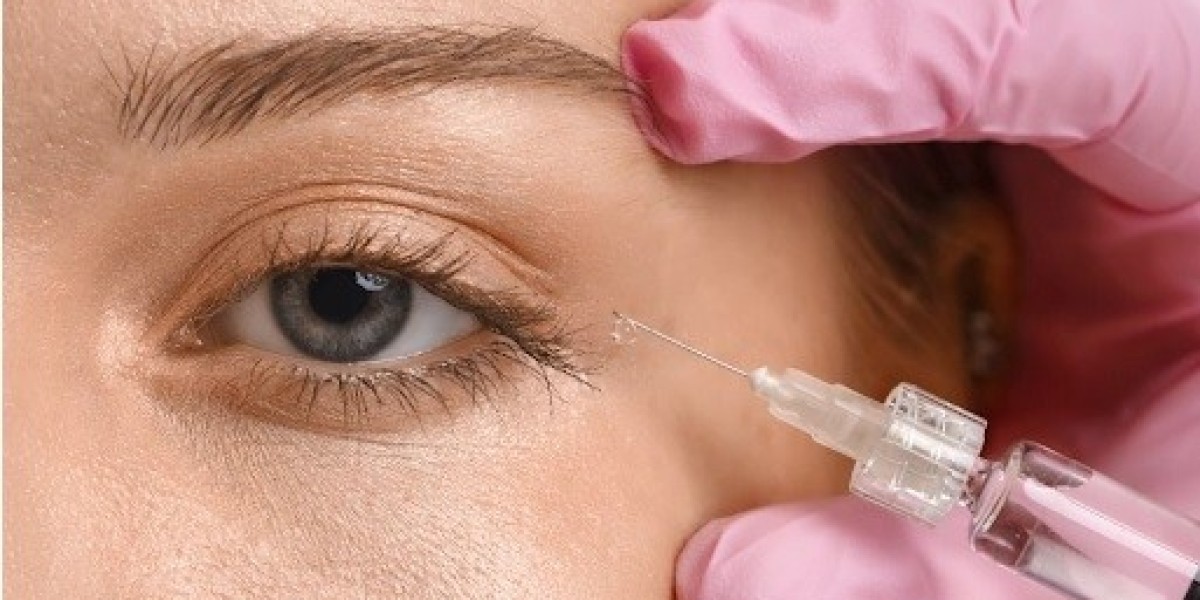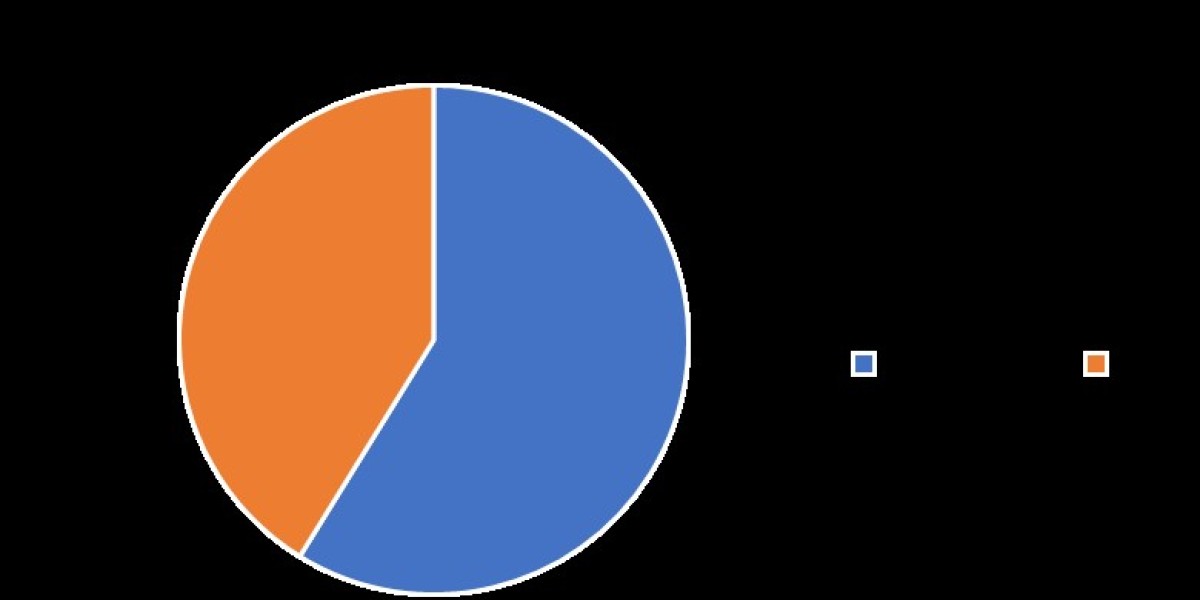Stress has become an unavoidable part of modern life, affecting everything from mental health to physical appearance. Among the visible signs of chronic stress, under-eye wrinkles stand out as a common concern. These fine lines can make us look older and more fatigued than we feel. Fortunately, treatments like Botox for under-eye wrinkles offer a potential solution to restore a youthful and refreshed appearance.
In this post, we’ll explore the relationship between stress and under-eye wrinkles, how Botox for under-eye wrinkles works, and whether it might be the right choice for you.
Stress and Under-Eye Wrinkles: What’s the Connection?
Stress can wreak havoc on your skin, particularly in delicate areas like under the eyes. When you're stressed, your body releases cortisol, the "stress hormone." Elevated cortisol levels can break down collagen and elastin—proteins responsible for skin elasticity and firmness. Over time, this degradation contributes to the formation of wrinkles, especially under the eyes where the skin is thinner and more vulnerable.
Other stress-related habits, such as rubbing your eyes, poor sleep, and dehydration, exacerbate the problem. These factors create a perfect storm for fine lines, crow's feet, and sagging skin under the eyes.
What Is Botox?
Botox is a cosmetic treatment derived from botulinum toxin, a purified protein that temporarily relaxes facial muscles. While it’s most commonly used to address forehead lines and crow’s feet, many people are turning to Botox for under-eye wrinkles as an effective solution to reduce the appearance of fine lines in this delicate area.
By relaxing the muscles under the eyes, Botox minimizes creasing and smooths out existing wrinkles. This treatment doesn’t just provide temporary relief; it can also prevent new wrinkles from forming by reducing repetitive muscle movements.
How Does Botox Work for Under-Eye Wrinkles?
When used for under-eye wrinkles, Botox is injected into targeted areas to soften the appearance of fine lines. The procedure typically takes about 10–15 minutes, and results become visible within 3–7 days. The effects last anywhere from 3 to 6 months, depending on individual factors like metabolism and lifestyle.
It’s important to note that Botox isn’t a one-size-fits-all solution. It works best for dynamic wrinkles—those caused by muscle movement. For deeper, static wrinkles, combining Botox with other treatments like dermal fillers or laser therapy might yield better results.
Is Botox Safe for Under-Eye Wrinkles?
Botox is FDA-approved for cosmetic use and has a long-standing track record of safety when administered by a qualified professional. However, because the area under the eyes is so delicate, it requires special care and expertise.
Potential side effects include minor swelling, bruising, or temporary muscle weakness. Rarely, improper injection technique can lead to issues like droopy eyelids or an unnatural appearance. That’s why it’s crucial to choose a licensed, experienced injector for Botox for under-eye wrinkles.
Who Is a Good Candidate for Botox?
If you’re considering Botox, ask yourself the following:
- Are your under-eye wrinkles primarily caused by facial expressions, such as squinting or smiling?
- Do you have realistic expectations about the results?
- Are you in overall good health without contraindications like pregnancy or certain neurological conditions?
If you answered “yes” to these questions, Botox for under-eye wrinkles might be a suitable option for you.
The Benefits of Botox for Stress-Induced Wrinkles
Addressing stress-related under-eye wrinkles with Botox offers several advantages:
- Quick Results: Visible improvement in fine lines within days.
- Non-Surgical Solution: A minimally invasive procedure with no downtime.
- Preventative Care: Reduces the risk of future wrinkle formation.
- Boosts Confidence: Restores a youthful, refreshed appearance, helping you feel more confident.
Tips for Managing Stress to Prevent Under-Eye Wrinkles
While Botox is an effective solution, addressing the root cause of stress is equally important for long-term skin health. Here are some stress-management strategies:
- Practice Mindfulness and Meditation: Regular mindfulness exercises can reduce cortisol levels and improve overall well-being.
- Get Quality Sleep: Aim for 7–9 hours of restorative sleep each night to allow your body and skin to repair.
- Hydrate and Eat a Balanced Diet: Stay hydrated and consume antioxidant-rich foods to protect your skin from oxidative stress.
- Use Skincare Products: Incorporate a high-quality eye cream with ingredients like hyaluronic acid and peptides to nourish the under-eye area.
Combining Botox with Other Treatments for Optimal Results
For some individuals, Botox alone may not fully address their concerns. Complementary treatments can enhance the results:
- Dermal Fillers: Fillers like hyaluronic acid add volume to areas with deeper wrinkles or hollowing under the eyes.
- Chemical Peels: Exfoliate and brighten the under-eye area.
- Microneedling: Stimulates collagen production to improve skin texture.
Discuss these options with your dermatologist or aesthetic provider to determine the best approach for your unique needs.
How to Choose a Provider for Botox for Under-Eye Wrinkles
Finding the right provider is crucial for safe and effective results. Consider these tips:
- Verify Credentials: Ensure the practitioner is licensed and experienced in administering Botox.
- Check Reviews: Look for testimonials from past clients.
- Consultation: Schedule a consultation to discuss your goals and ask questions.
- Facility Standards: Make sure the clinic maintains high standards of hygiene and professionalism.
Final Thoughts: Is Botox Right for You?
If stress and under-eye wrinkles are taking a toll on your appearance, Botox could be an effective solution. This minimally invasive treatment offers fast results with little downtime, making it an attractive option for many. When paired with good skincare and stress-management practices, Botox for under-eye wrinkles can help you look as relaxed and youthful as you feel.








